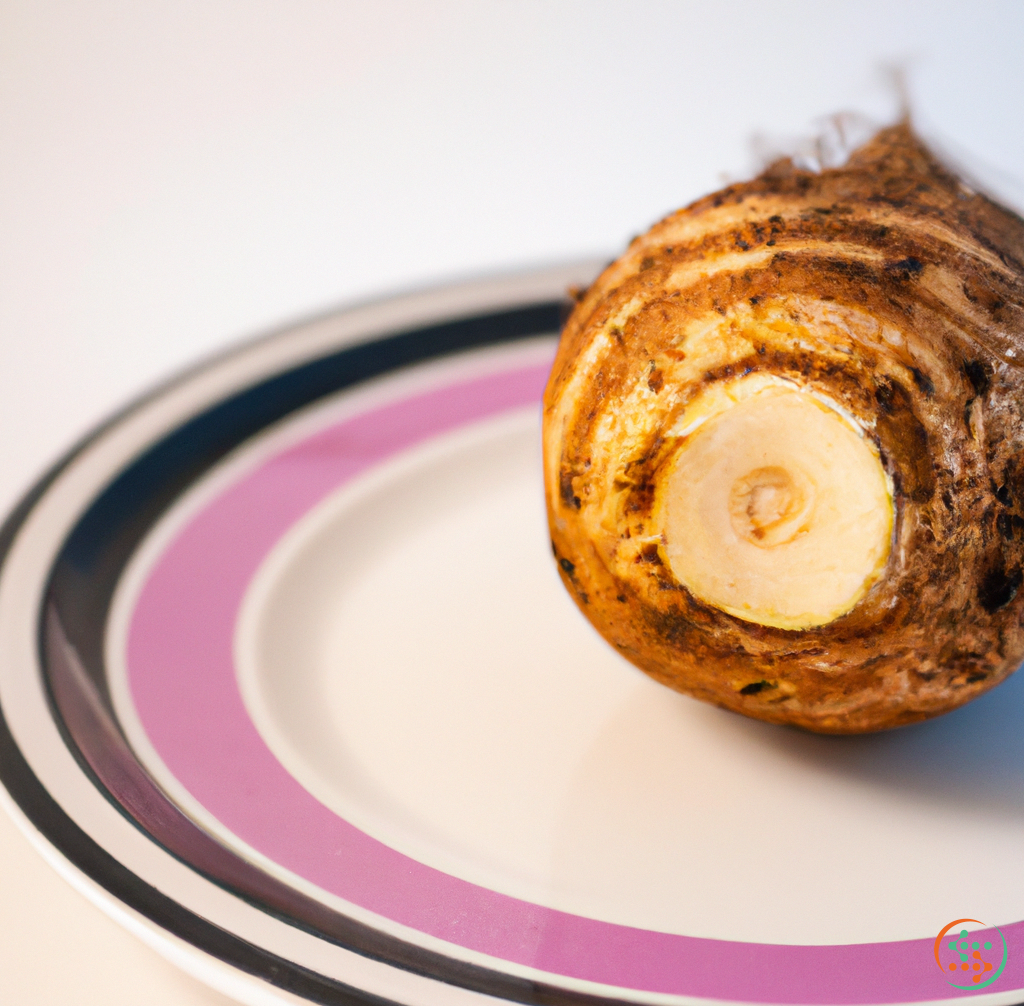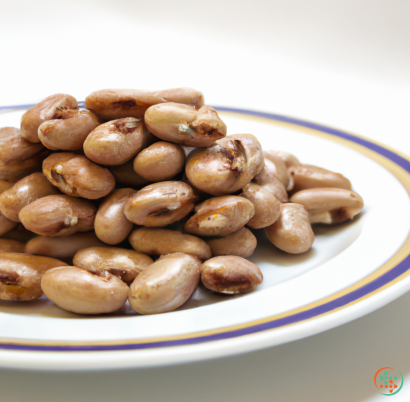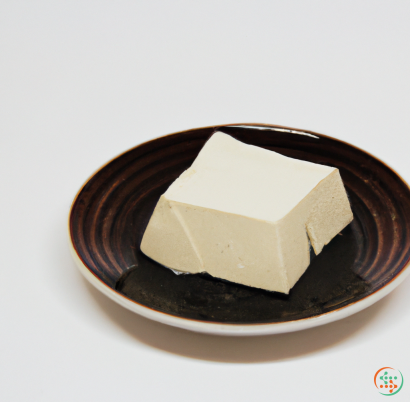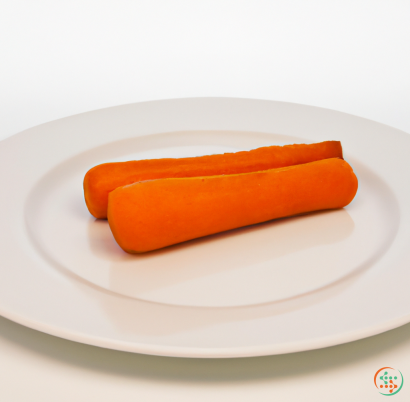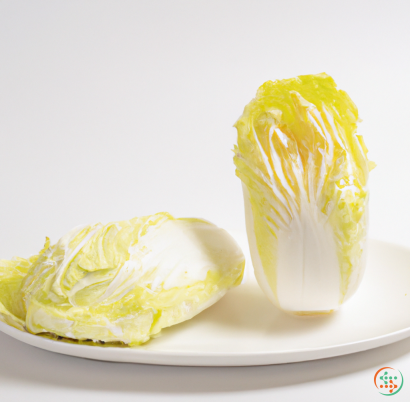Taro Root
Taro root (or edible taro) is a staple of many traditional diets from ancient times. It is an underground tuber or corm, with a starchy texture and nutty taste that is rich in vitamins A, B, and C, minerals, and dietary fiber. It is also a great source of complex carbohydrates, making it a beneficial addition to any meal.
Taro root has a long and fascinating history. The word ‘taro’ may be derived from the Polynesian “tarua”, meaning “to eat”. It is believed that taro is one of the oldest cultivated plants, having been used by Indigenous communities in Southeast Asia, India, Polynesia, and Africa for thousands of years. Natives of these areas have relied on taro root for sustenance and have developed many different varieties and methods of cooking taro. Today, taro is still widely cultivated and enjoyed around the world.
Taro root is usually pale in color and can range in size from small walnuts to large potatoes. It has a smooth, dense texture and a slightly bitter, nutty taste. Unlike many root vegetables, taro needs different cooking methods to unlock its full potential. Boiling or baking the root softens it and allows its earthy flavors to come alive. Additionally, the root can be grated, fried, mashed, or even enjoyed raw.
In terms of nutrition, taro root is an excellent source of energy and provides several important health benefits. It is a good source of dietary fiber, which helps to improve digestion and reduce the risk of certain diseases like Type 2 diabetes and cardiovascular disease. Taro root is also high in many essential vitamins and minerals including calcium, potassium, magnesium, iron, phosphorus, and zinc. The root is even a good source of several vitamins, such as Vitamin A, Vitamin C, and Vitamin B6.
Taro is widely used in many traditional recipes. In South and Southeast Asian countries, taro is often cooked with spices and served as an accompaniment to curries or stir-fries. In Polynesian and Japanese cuisines, the root is boiled, steamed, or mashed and used as the base for soups, stews, dumplings, and even desserts. The Chinese also use taro to make purple yam cake, a sweet treat that’s often served during festivals and celebrations.
In Western countries, taro root can be purchased fresh, frozen, or as a powder or flour. It is often used as an alternative to potato or other root vegetables. It can be boiled, mashed, or roasted, and makes a great addition to soups, stews, salads, casseroles, and veggie burgers. The flour is also becoming increasingly popular as an ingredient in gluten-free, vegan desserts and baked goods.
Finally, taro root is great for the environment, as it is an easy crop to grow and cultivate with minimal effort and inputs. Taro is a sustainable crop that does not require expensive inputs like chemical pesticides and fertilizers. It typically grows best in tropical and sub-tropical climates, with well-drained soils and plenty of water. The plant produces high yields with little labor needed to harvest, transport, and store it.
Overall, taro root is a fantastic addition to any meal. Not only is it a delicious, nutrient-dense root vegetable, but it also offers a variety of cooking methods, health benefits, and environmental advantages. Whether you’re looking for a new way to enjoy potatoes, or a unique ingredient to explore in your next dish, taro root is definitely worth a try.
Taro root, or Colocasia esculenta, is a starchy tuberous crop that can be found in many tropical regions around the world, particularly in Southeast Asia and the Indian Ocean region. The root has a long history as an important dietary staple among local populations and continues to be a popular ingredient in many international cuisines. In this blog post, we will explore the steps and processes involved in getting the taro root from the ground to your dinner plate.
To start off, let’s take a look at how a taro root is grown. Taro is a tuberous crop, meaning that its roots are much larger than carrots or potatoes and contain more water. Taro is typically planted during the wet season in subtropical climates with well drained soils. After the planting process is completed, it takes 8-10 months of regular watering and weeding before the plant will reach maturity. During the entire growing process, taro plants need plenty of water, fertility, and warm temperatures to produce good yields. At maturity, the leaves of the plant have a large, deep green, fan-shaped appearance and the stems should be slender, firm, and fibrous.
Once taro is ready for harvest, the next step is to get it from the field to the market. Depending on the size of the taro harvested, the field crew will typically put it into a burlap sack and transport it to a local market or retail store where it is weighed and assessed for quality. In many cases, the taro is then graded according to size and quality, with the top grade being reserved for export and the second grade being used for local consumption.
In order to ensure the highest quality taro root is making it to the dinner plate, only the first grade harvesting of taro is typically chosen. To prepare the taro root for sale, the farming process starts with loading it into vehicles and delivering it to a sorting facility where it is washed, graded, and packed into crates. Sorting the taro root involves inspecting the root for any damage or defects and removing any pieces that are too small or too large. From there, the taro is washed and cleaned of dirt and other debris before being dried in the sun for several days to reduce mold or other contaminants.
Finally, taro is ready to be shipped to its final destination – the grocery store. During this final stage, taro is packaged in boxes and loaded onto stores trucks or delivery vans, where it is then transported to supermarkets. Once at the store, taro is subjected to further inspection and packaging, with inner, cardboard boxes being printed and containing a detailed list of the taro root’s specifications and nutritional information.
Now that the taro is ready to be sold, the next step is getting it to the dinner plate. Adding taro to a meal is not a complicated affair – simply Peel, cut, and parboil the root before frying, baking, or making a casserole. Taro also makes a delicious addition to soups, stews, and curries. It's high starch content also allows it to be mashed and mixed into dough for pastries and dumplings.
No matter how it is prepared, taro root should be added to your diet as it is a highly nutritious vegetable packed with vitamins and minerals, including Vitamin A and Vitamin C, calcium, Iron, B Vitamins, and magnesium. Taro is also very low in fat and calories which makes it a great source of dietary fiber to assist with digestion and weight management.
By taking you through the entire process of growing, harvesting, and preparing taro root, this blog post has illustrated the important steps and processes involved in bringing this nutritious tuber from the ground onto your dinner plate. This examination highlights just how much hard work and dedication goes into getting this nutritious tuber to your table and serves to appreciate the work of our farmers and the efforts of the food industry.
| Vitamin A | 0.004 mg | |
| Beta-Carotene | 0.039 mg | |
| Vitamin E | 0.00293 grams | |
| Vitamin K | 0.0012 mg | |
| Vitamin C | 0.005 grams | |
| Vitamin B1 | 0.11 mg | |
| Vitamin B2 | 0.03 mg | |
| Vitamin B3 | 0.51 mg | |
| Vitamin B4 | 0.0213 grams | |
| Vitamin B5 | 0.34 mg | |
| Vitamin B6 | 0.33 mg | |
| Vitamin B9 | 0.019 mg |
| Calcium | 0.018 grams |
Daily Value 1.3 g
|
| Iron | 0.72 mg |
Daily Value 0.018 g
|
| Magnesium | 0.03 grams |
Daily Value 0.4 g
|
| Phosphorus | 0.076 grams |
Daily Value 1.25 g
|
| Potassium | 0.484 grams |
Daily Value 4.7 g
|
| Sodium | 0.015 grams |
Daily Value 2.3 g
|
| Zinc | 0.27 mg |
Daily Value 0.011 g
|
| Copper | 0.2 mg |
Daily Value 0.9 mg
|
| Manganese | 0.45 mg |
Daily Value 0.0023 g
|
| Selenium | 0.9 ug |
Daily Value 0.055 mg
|
| Tryptophan | 0.008 grams | |
| Threonine | 0.024 grams | |
| Isoleucine | 0.019 grams | |
| Leucine | 0.038 grams | |
| Lysine | 0.023 grams | |
| Methionine | 0.007 grams | |
| Cystine | 0.011 grams | |
| Phenylalanine | 0.028 grams | |
| Tyrosine | 0.019 grams | |
| Valine | 0.028 grams | |
| Arginine | 0.036 grams | |
| Histidine | 0.012 grams | |
| Alanine | 0.025 grams | |
| Aspartic Acid | 0.066 grams | |
| Glutamic Acid | 0.06 grams | |
| Glycine | 0.026 grams | |
| Proline | 0.021 grams | |
| Serine | 0.032 grams |
| Total Sugars | 0.5 grams |
per 100g
|
| Palmitic acid (16:0) | 0.02 grams |
|
| Total Saturated fatty acids: | 0.02 g | |
| Oleic acid (18:1) | 0.01 grams |
|
| Total Monounsaturated fatty acids: | 0.01 g | |
| Linolenic acid (18:3) | 0.01 grams |
|
| Linoleic acid (18:2) | 0.03 grams |
|
| Total Polyunsaturated fatty acids: | 0.04 g | |
